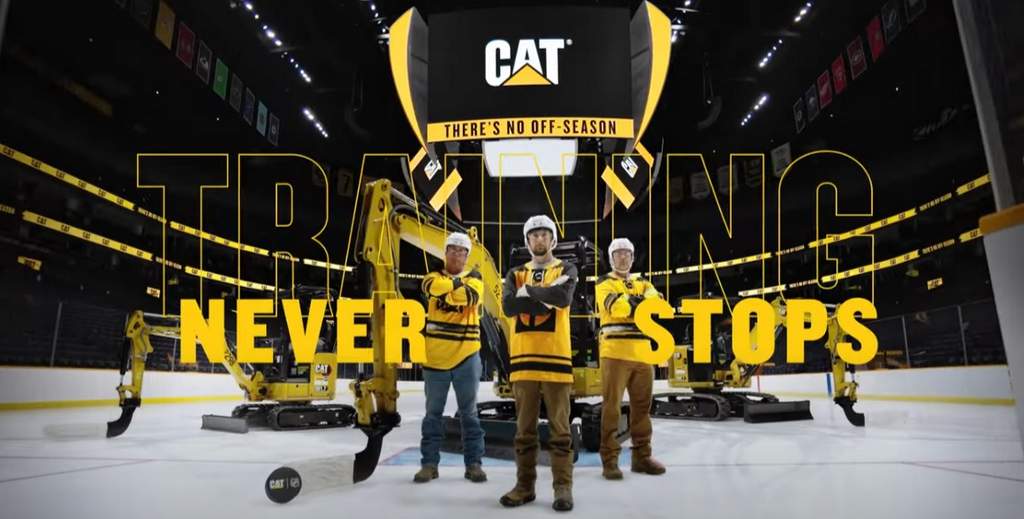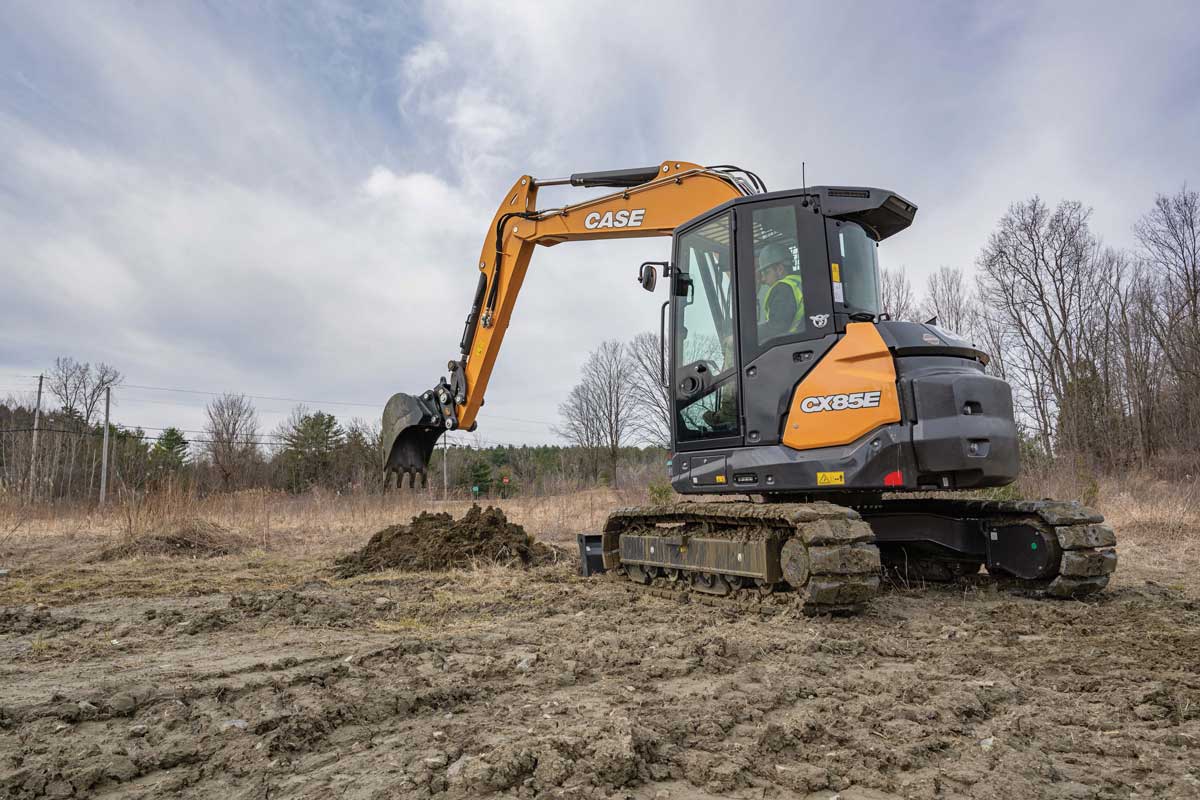Terex Compact Excavators — 2014 Spec Guide
The Terex compact excavator line was developed and made by Hanix and distributed by Schaeff in Germany. The first model was called the HR02. Terex purchased Schaeff in January 2002. Terex compact excavators are still engineered and manufactured in Rothenburg, Germany. Through evolution of the equipment, the Terex compact excavator line has seen more than five generations. Terex engineers have focused on bringing a machine to market that has a high power-to-weight ratio, which equals an increase in capabilities in a smaller-sized machine.
Terex has nine compact excavator models ranging from 18 to 73 hp with operating weights from 3,900 to 16,535 lbs and a variety of attachments to match jobsite needs. All Terex models have two travel speeds standard — except on its smallest model, the TC16, where it’s an optional feature.
Design features, such as the company’s axial piston, variable displacement hydraulic pumps and motors provide load-sensing and load independent flow division (LUDV) hydraulics for smooth simultaneous operation. With the LUDV design, oil flow is distributed to cylinders independent of the load. The main advantage of this system is that the compact excavator can be performing multiple actions at one time, without sacrificing flow. Because the machines are engineered with productive power and smooth hydraulics, these excavators excel in tough work environments, says Terex.
The auxiliary hydraulic circuit with open (pressureless) return provides for flexibility in adding attachments. A quick-coupler bucket adaptor is standard for easy bucket and attachment changes.
Ground level access to the engine, drivetrain and hydraulics ensures quick and easy maintenance. The machine’s engine hood tilts from the rear and features an expanded hinge height so you can easily perform your daily service checks safely and easily.
The cab on these machines are quiet due to the low engine noise. ergonomically designed seats, visibility and ergonomically designed pilot controls ensure that the operator can comfortably sit back and operate the machine. The pilot-operated controls also provide changeable control patterns to adjust to the operator’s particular preference. Heat is standard on all models, and A/C is optional on larger units. Each unit is built with a large operator’s platform with two-sided entry for easy access from both sides of the machine.
Other standard features include: inverted, top-mounted boom cylinders for cylinder damage protection, reduced dirt build-up and protection from the elements; end-positioned, cushioned cylinders to extend service life while minimizing inertia forces and reducing cylinder shock; and the linkage on the Terex machines is more flush with the tracks, better protecting these vital parts, leading to more uptime and an increase in productivity.
Advice to Buyers
“Selecting an excavator isn’t as simple as choosing a model with the most horsepower. The most important thing you need to know are the jobsite parameters,” says Jamie Wright, product manager with Terex Construction. “Then, ask yourself what is needed to complete a job from beginning to completion: What will I mostly be using the machine for? How deep do I need to dig? How large are the areas I will be working in? What types of attachments do I need? All of these things need to be determined to know which compact excavator will best suit your needs.”





